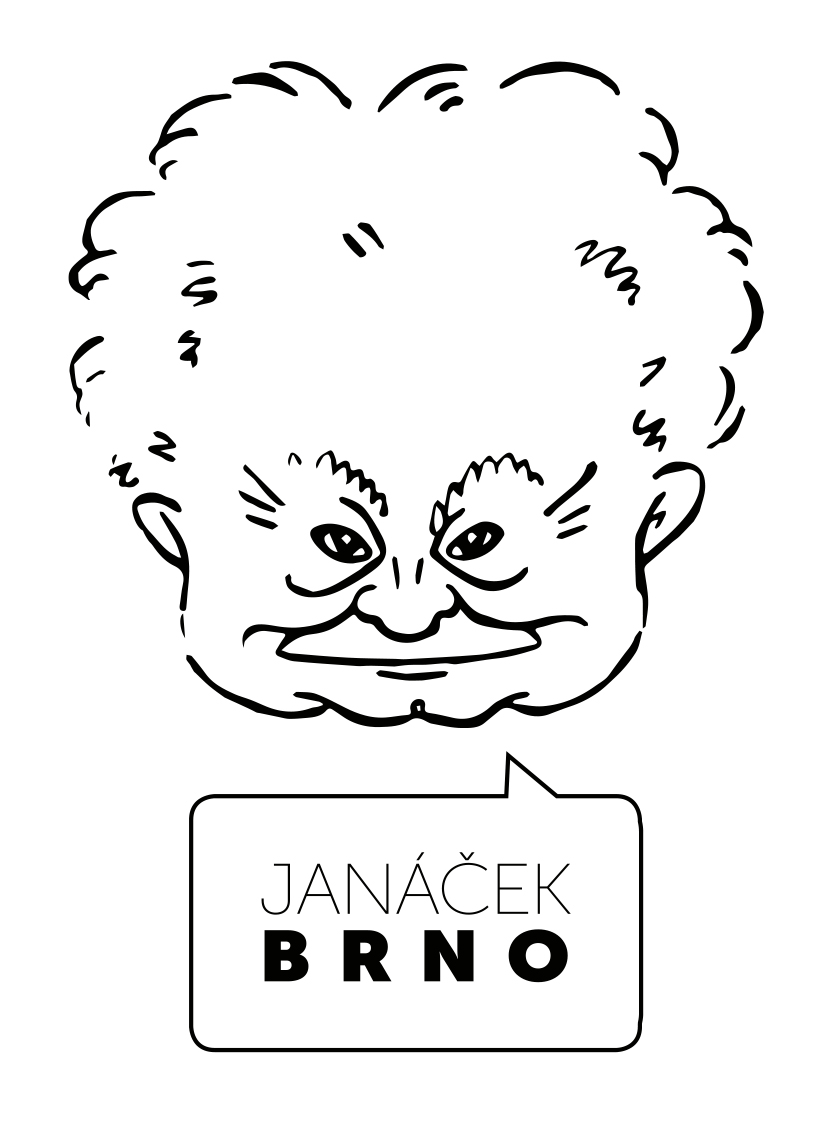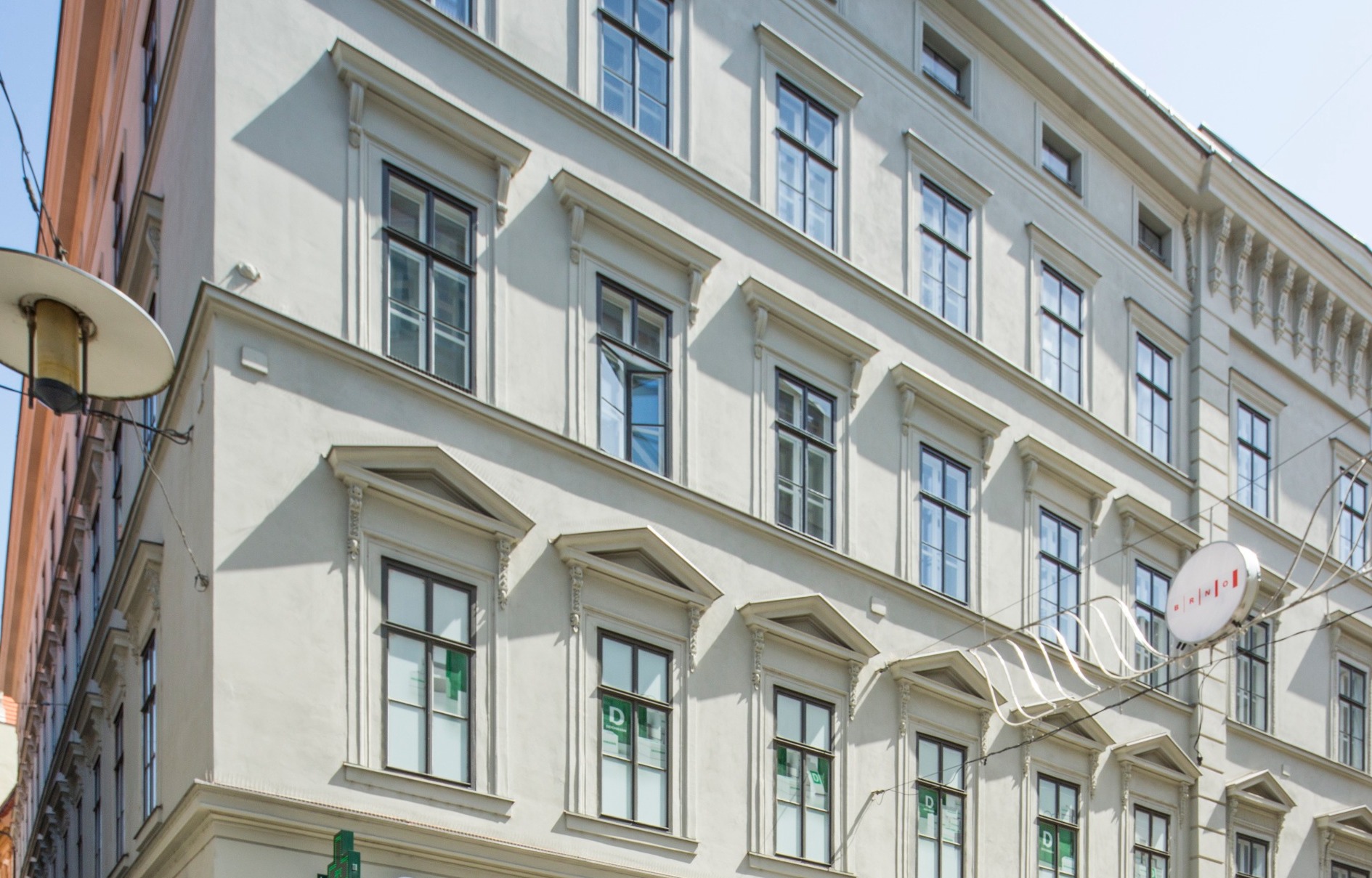
5
Chlumecký Palace -
Lidové noviny newspaper
ČESKÁ 6
The Lidové noviny newspaper was established in Brno by the journalist and future first Czechoslovak minister of trade, Adolf Stránský. For the very first edition Leoš Janáček contributed his feuilleton Music of Truth, which was published on 16 December 1893. He continued to write for Lidové noviny, with a few breaks, until his death. In total he published 58 feuilletons, several studies, excerpts from his compositions, as well as several interviews with him. In 1907 the staff of Lidové noviny and its printers moved to a corner building on Česká street no. 6. Janáček took his literary contributions there, often accompanied by musical examples. Janáček also found Lidové noviny to be a useful source of inspiration, the most famous being the serial about the vixen Bystrouška (Sharp Ears), which was written by the editor Rudolf Těsnohlídek, as well as a series of children's poems with illustrations by Josef Lada and Ondřej Sekora, which inspired Janáček to write his Nursery Rhymes. The palace building was also witness to tragedy when on 12 January 1928 the editor and Janáček's friend, Rudolf Těsnohlídek, committed suicide in the offices of Lidové noviny.
It is also worth noting that Janáček's Organ School was located 5 on the first floor of the adjacent corner house (Česká 8) from 1896-1907 before it moved to its permanent location at the corner of Smetanova and Kounicova Street.
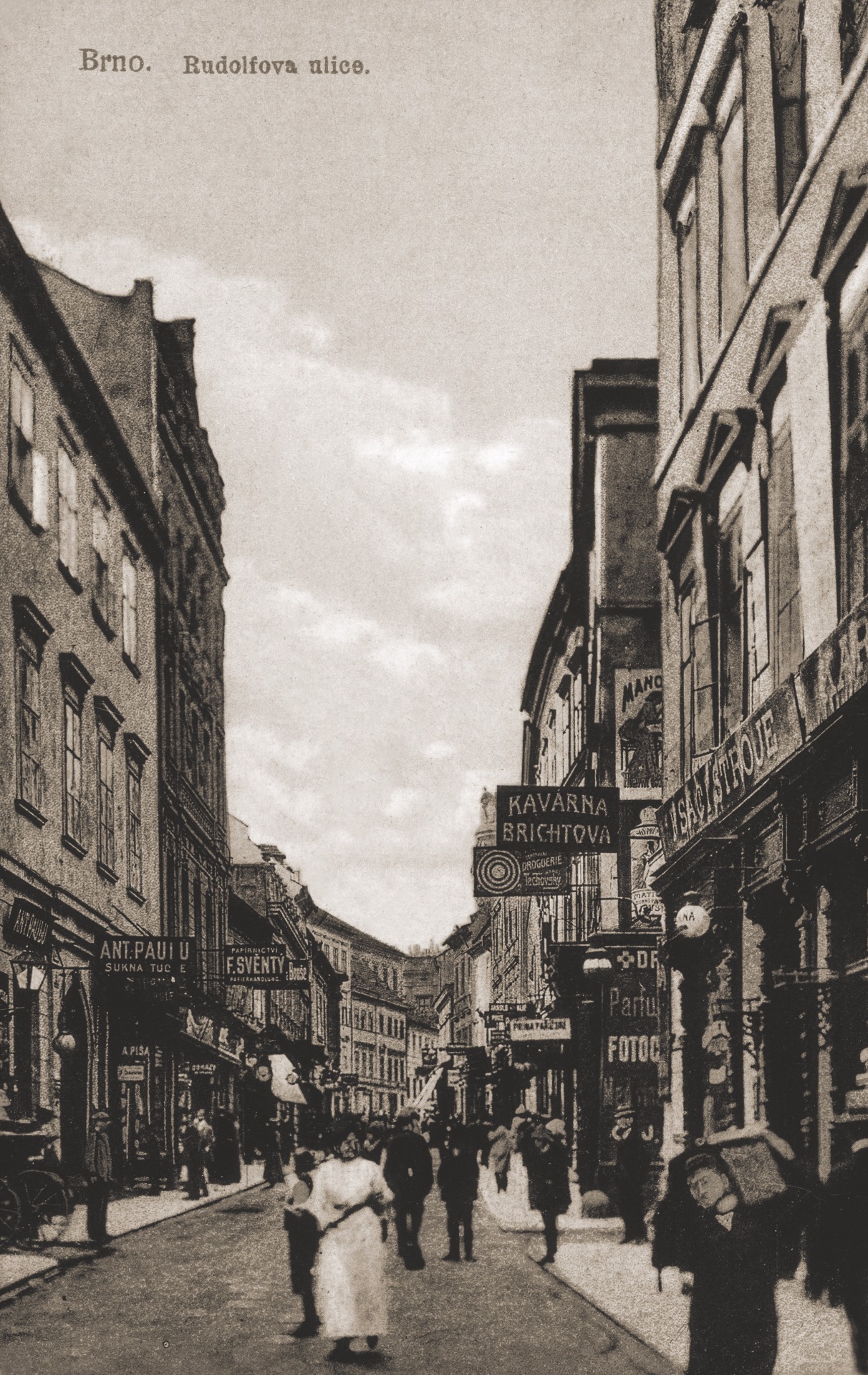
The master subscribed to a lot of journals: Národní listy, Národní politika, music journals, and they sent us Novoje Vremja from Russia. But we all liked Lidové noviny best. Perhaps it was because it was published in Brno, because the master knew all of the editorial staff and often visited Česká six. He liked everybody there and they liked him too. They printed what he wrote; recollections from childhood, from his student days, from Hukvaldy, from his trips, how he collected folk songs and how he captured the voices of people and animals. And they printed his music notes just as he had hurriedly scribbled them down somewhere. Time and time again he'd come home from the Lidové noviny offices and say: "Once again they've asked me to write something for them to put in print. Me, when they pay so little!" But he would write it. These days there's a whole book of them.
At the Janáčeks according to the housekeeper Marie Stejskalová (1959)
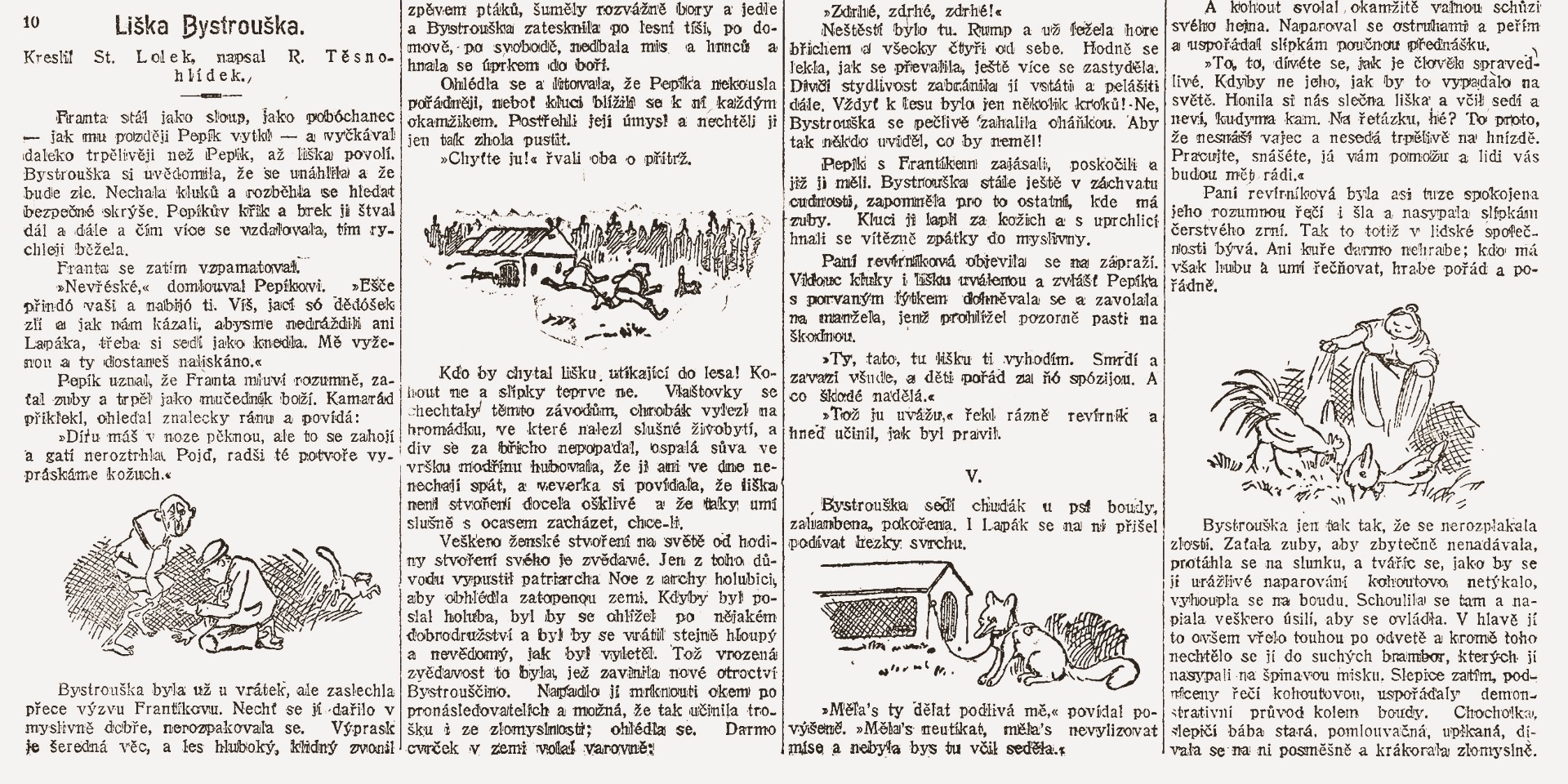



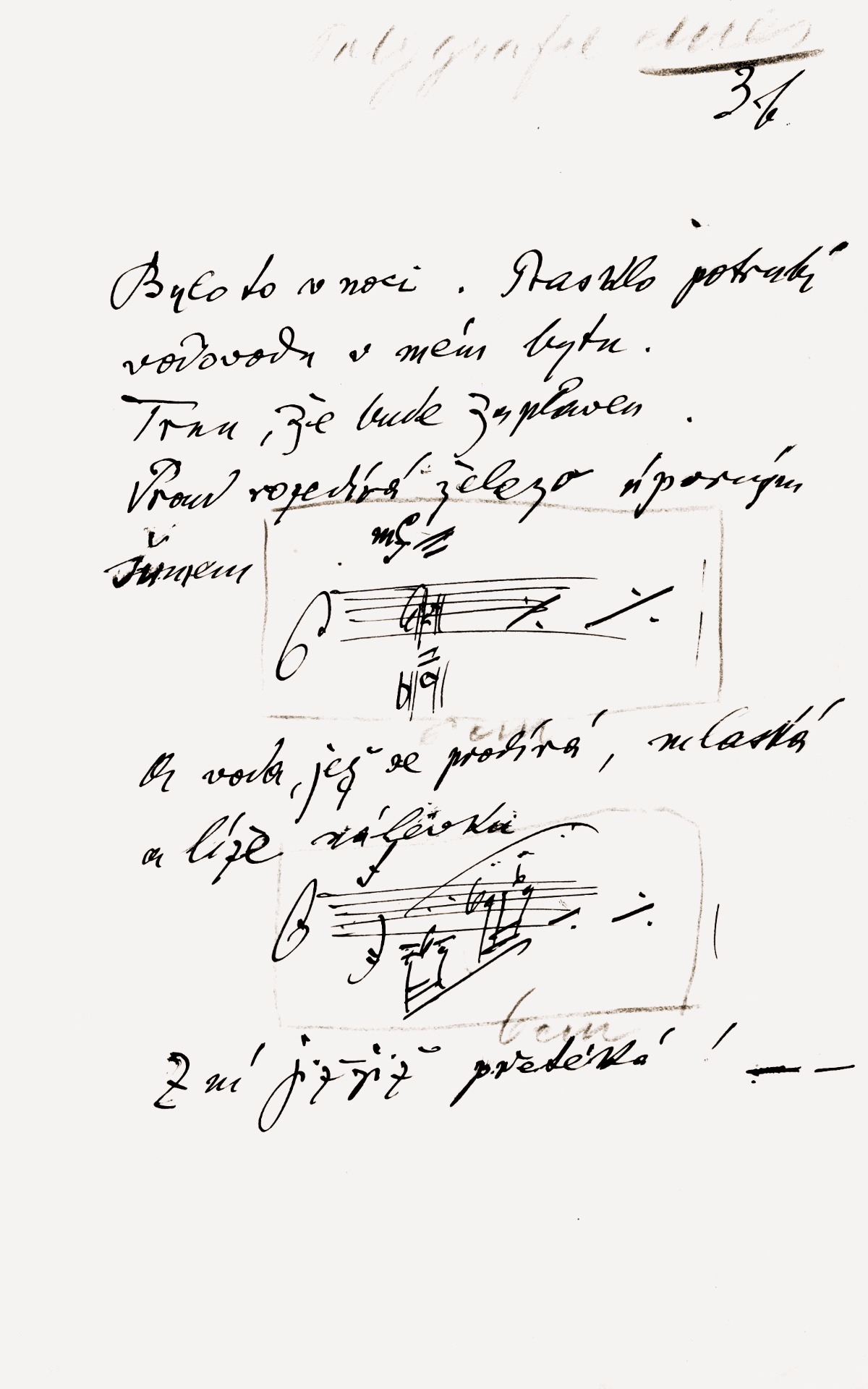
Manuscript of Janáček's feuilleton What I profess, which was published in Lidové noviny on 13. 2. 1927 © Moravian Museum
